Mouse osteopontin/OPN ELISA Kit
$299.00 – $419.00
ELISA Kit Detail Information
| Related Target | |
|---|---|
| Species | mouse |
| Sample Type | Serum, plasma, cell culture supernatant, and other biological samples |
| Sample Volume | 10 μL |
| Sensitivity | 0.05 pg/mL |
| Array Range | 15.63 pg/mL – 1000 pg/mL |
| Assay Time | 3.5 h |
| Recovery | 89% – 106% |
| Average Recovery | 98% |
| Intra Precision | 1.8% – 3.4% |
| Inter Precision | 2.1% – 4.7% |
| Plate | Detachable 96-well plate |
| Storage | If the reagent kit is unopened, it should be stored at 4℃. However, if it has been opened, the standard solution should be stored at -20℃, while the other components should be stored at 4℃. |
| Delivery | 4℃ blue ice transportation |
| Components | 96-well polystyrene enzyme-linked immunosorbent assay (ELISA) plate coated with anti-OPN monoclonal antibody Mouse OPN freeze-dried standard OPN detect Antibody HRP-labeled streptavidin Assay Buffer(10×) Substrate TMB Stop Solution Washing Buffer(20×) Sealing Film |
| Assay Principle | This kit utilizes the double antibody sandwich enzyme-linked immunosorbent assay (ELISA) detection technique.Specific anti-mouse OPN antibodies are precoated on a high-affinity ELISA plate. Standard samples, test samples, and biotinylated detection antibodies are added to the wells of the ELISA plate. After incubation, OPN present in the samples binds to the solid-phase antibodies and the detection antibodies. After washing to remove unbound substances, streptavidin-HRP labeled with horseradish peroxidase is added. After washing, the TMB chromogenic substrate is added, and color development is carried out while avoiding light. The intensity of the color reaction is directly proportional to the concentration of OPN in the samples. A stop solution is added to terminate the reaction, and the absorbance value is measured at a wavelength of 450 nm (with a reference wavelength range of 570-630 nm). |
Related Targets
SPP1
SPP1 Target Infomation Overview
- Target Symbol: SPP1, secreted phosphoprotein 1
- Gene Groups: Receptor ligands; SIBLING family
- Alias: BSPI; ETA-1
- Previous Names: BNSP; OPN
- Alias Names: early T-lymphocyte activation 1; osteopontin; bone sialoprotein I
SPP1, secreted phosphoprotein 1 Target Infomation by Species
- Human
- Mouse
- Rat
Human SPP1 Target Information
- Target Symbol: SPP1, secreted phosphoprotein 1
- Alias:
- BNSP
- bone sialoprotein 1
- bone sialoprotein I
- BSPI
- early T-lymphocyte activation 1
- ETA-1
- MGC110940
- nephropontin
- OPN
- osteopontin
- osteopontin-C
- osteopontin-D
- osteopontin/immunoglobulin alpha 1 heavy chain constant region fusion protein
- secreted phosphoprotein 1 (osteopontin, bone sialoprotein I, early T-lymphocyte activation 1)
- secreted phosphoprotein 1 variant 6
- secreted phosphoprotein-1 (osteopontin, bone sialoprotein)
- SPP-1
- SPP1/CALPHA1 fusion
- urinary stone protein
- uropontin
- NCBI_Gene: 6696
- UniProtKB: P10451
Human SPP1 Predicted Functions
Enables integrin binding activity. Involved in several processes, including androgen catabolic process; cellular response to testosterone stimulus; and positive regulation of estradiol secretion. Located in Golgi apparatus and extracellular space. Implicated in several diseases, including autoimmune disease (multiple); biliary atresia; coronary artery disease (multiple); disease of cellular proliferation (multiple); and hepatitis. Biomarker of calcinosis; coronary artery disease; kidney failure; progressive osseous heteroplasia; and urinary bladder cancer.
Mouse Spp1 Target Information
- Target Symbol: Spp1, secreted phosphoprotein 1
- Alias:
- 2ar
- 44kDa bone phosphoprotein
- AA960535
- activation protein lymphocyte 1
- AI790405
- Apl-1
- BNSP
- bone sialoprotein 1
- early T lymphocyte activation
- Eta
- ETA-1
- expressed sequence AA960535
- expressed sequence AI790405
- minopontin
- OP
- Opn
- Opnl
- osteopontin
- osteopontin-like protein
- Ric
- rickettsia tsutsugamushi resistance
- Spp-1
- NCBI_Gene: 20750
Mouse Spp1 Predicted Functions
Enables extracellular matrix binding activity. Acts upstream of or within several processes, including cellular ion homeostasis; cellular response to leukemia inhibitory factor; and neutrophil chemotaxis. Located in apical part of cell and cytoplasm. Is expressed in several structures, including alimentary system; brain; metanephros; reproductive system; and skeleton. Human ortholog(s) of this gene implicated in several diseases, including autoimmune disease (multiple); biliary atresia; coronary artery disease (multiple); disease of cellular proliferation (multiple); and hepatitis. Orthologous to human SPP1 (secreted phosphoprotein 1).
Rat Spp1 Target Information
- Target Symbol: Spp1, secreted phosphoprotein 1
- Alias:
- bone sialoprotein 1
- LOC100359743
- OSP
- osteopontin
- osteopontin-like
- Sialoprotein (osteopontin)
- SPP-1
- NCBI_Gene: 25353
- UniProtKB: P08721
Rat Spp1 Predicted Functions
Predicted to enable extracellular matrix binding activity and integrin binding activity. Involved in several processes, including negative regulation of collateral sprouting of intact axon in response to injury; osteoblast differentiation; and positive regulation of bone resorption. Located in several cellular components, including extracellular space; perinuclear region of cytoplasm; and vesicle. Used to study several diseases, including encephalomyelitis; myocarditis; radiculopathy; renovascular hypertension; and visual epilepsy. Biomarker of autosomal dominant polycystic kidney disease; calcinosis; and glomerulosclerosis. Human ortholog(s) of this gene implicated in several diseases, including autoimmune disease (multiple); biliary atresia; coronary artery disease (multiple); disease of cellular proliferation (multiple); and hepatitis. Orthologous to human SPP1 (secreted phosphoprotein 1).

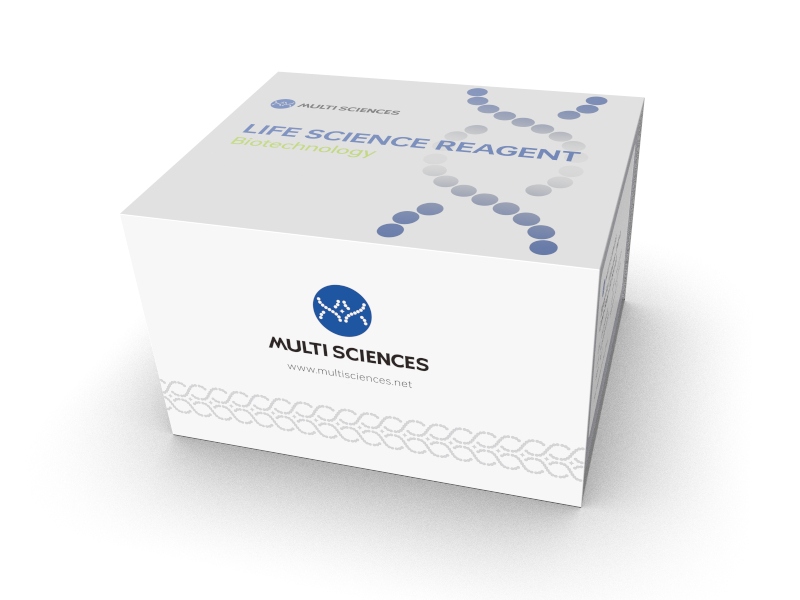
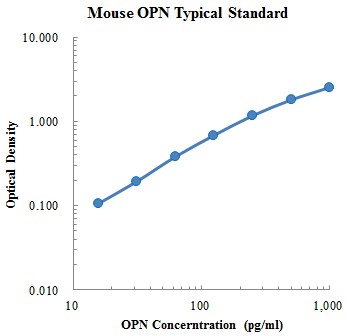
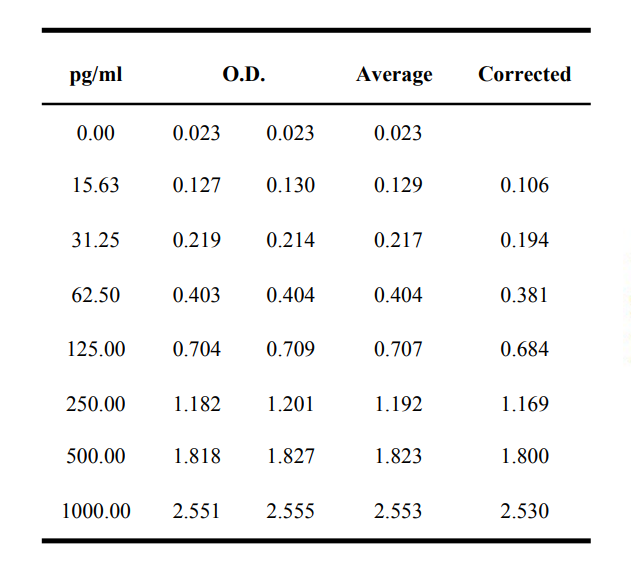

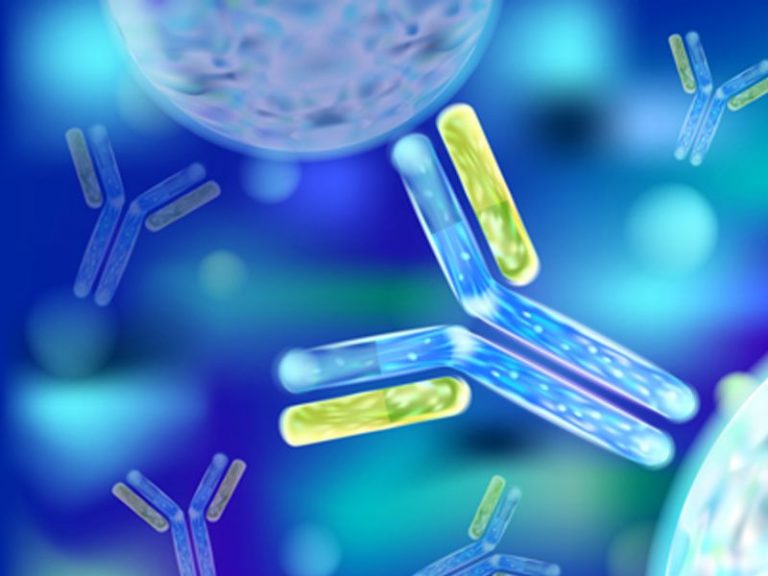
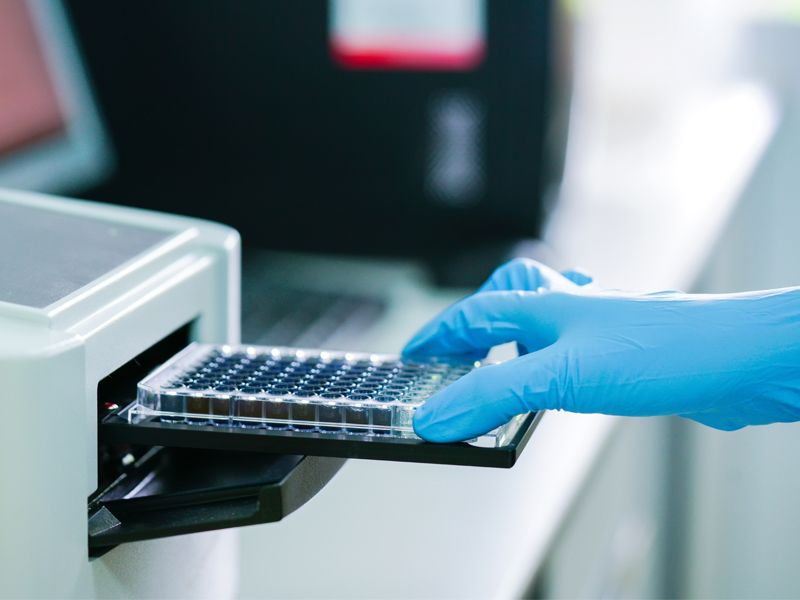
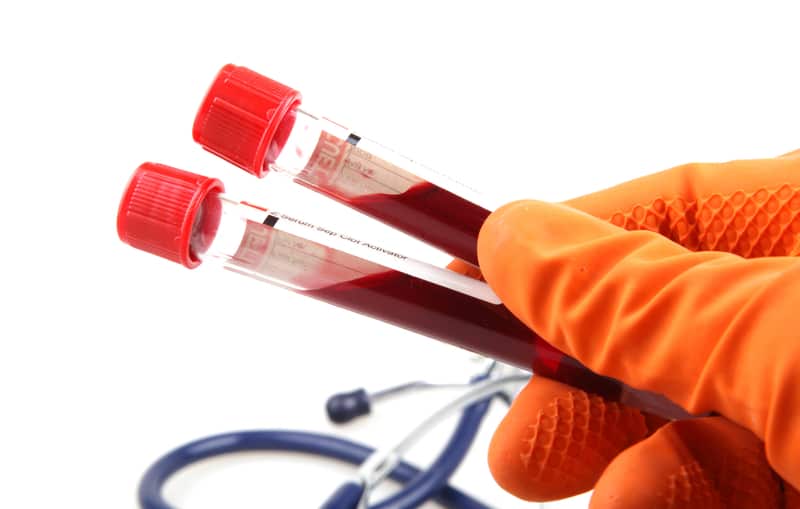
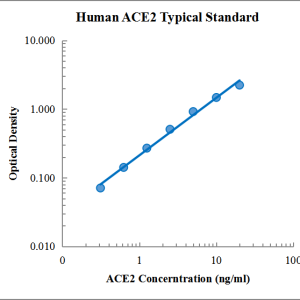
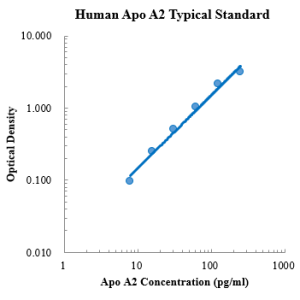
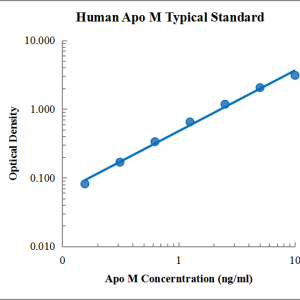
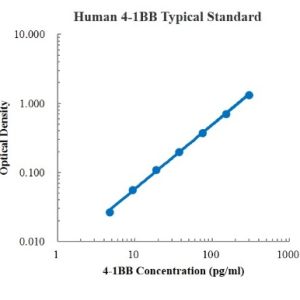
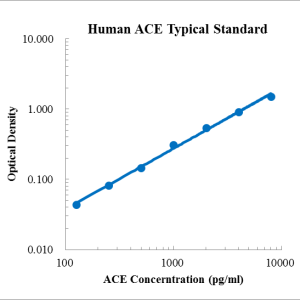
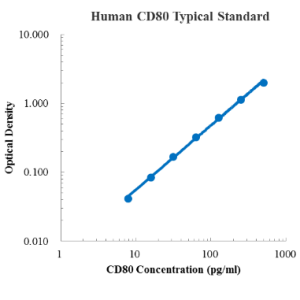
Reviews
There are no reviews yet.